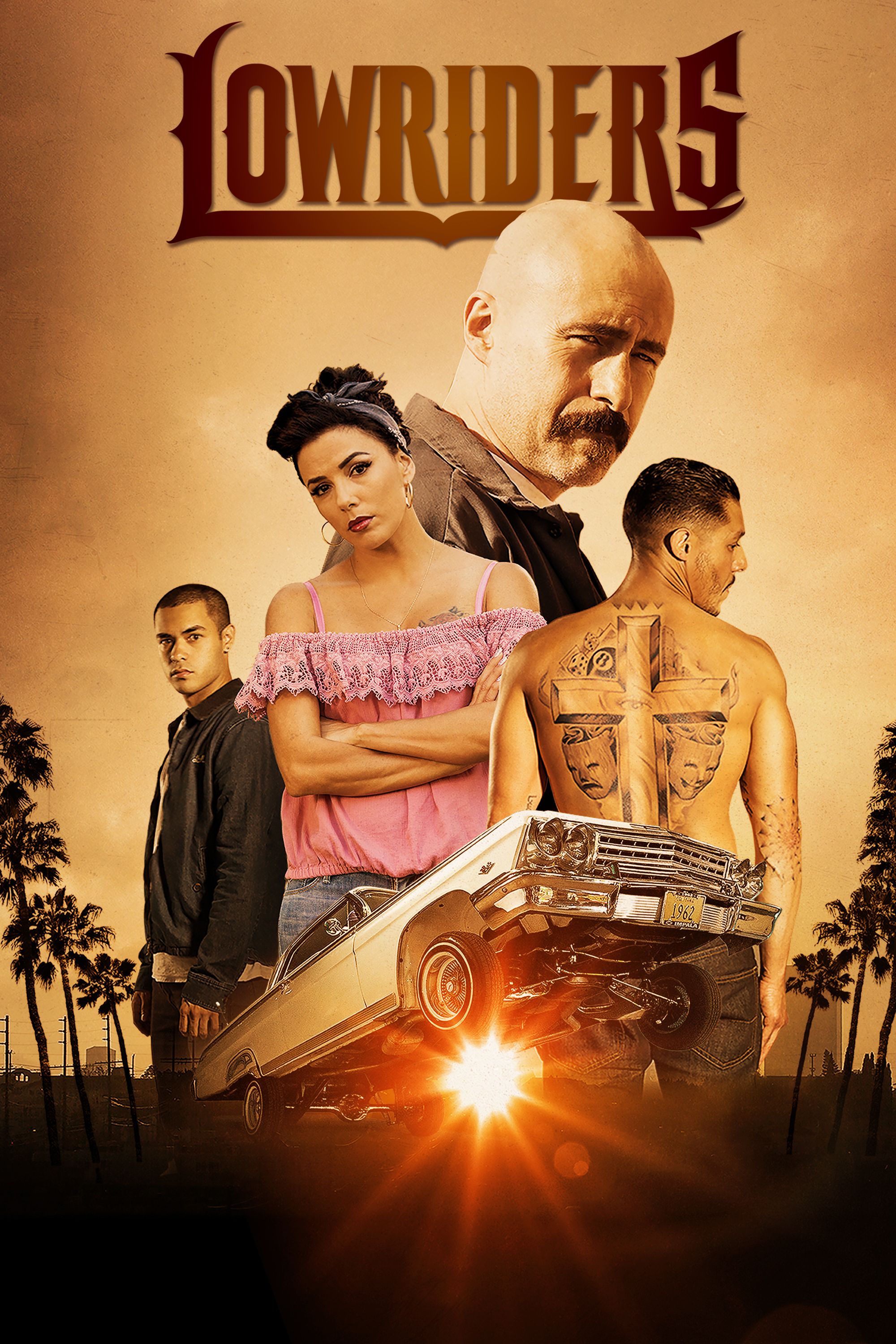The Bronx is getting a film school!
04.12.2009 | By Mack Chico |

The South Bronx is getting ready to raise the curtain on a first-of-its-kind public high school dedicated to film studies.
The Cinema School is set to open its doors in a new building on the grounds of Monroe High School in September.
The program, which will follow a conservatory-style curriculum, has drawn funding from JPMorgan Chase Foundation and has the support of industryites including Spike Jonze, Catherine Hardwicke, Spike Lee, David O. Russell and Whit Stillman, who have been involved in shaping the program. Gotham Mayor Michael Bloomberg is not surprisingly a big supporter of the school, whose inaugural class will consist of 80 freshman students.
The school was founded by former social worker Joe Hall and indie producer Rachael Horovitz (HBO’s “Grey Gardens,” “About Schmidt”).
“It’s the perfect extension of my day job,” Horovitz said. “It can take years to develop a script, and the filmmakers I’m working with can come in and teach at the school.”
The Cinema School is in part an outgrowth of the nonprofit Ghetto Film School org, a film training program Hall founded in the Bronx in 2000. Hall’s program and students attracted industry attention, including Horovitz, who wanted to see the program expand into an accredited, year-round high school. Evan Shapiro, prexy of the IFC and Sundance Channel cablers, serves as chairman of Ghetto Film School’s board and is also involved in the Cinema School.
Horovitz recruited a deep-pocketed benefactor for the school in JPMorgan Chase Foundation veep Gayle Jennings-O’Byrne, who deals with the bank’s arts and culture portfolio. Jennings-O’Byrne persuaded the Foundation to donate $110,000 to the Ghetto Film School. Of that donation, $35,000 went to fund the planning of the high school, and $75,000 bankrolled the Ghetto Film School’s final project, shot by students on location in Uganda.
Jennings-O’Byrne sees the outlay as the beginning, not the end. “We have plans to donate more,” she said. “We now have a new proposal in from them. We haven’t decisioned it, but we want to stay in the game.”
The Cinema School, in new buildings on the campus of Monroe High, is also part of a push by the New York City schools to open more facilities with special curriculum focusing on specific disciplines. Katherine Oliver, head of the Mayor’s Film Office, noted that the Cinema School would feed one of New York’s growth industries, film and TV production, and would help open doors for students who might otherwise struggle to break into the film biz.
“It gives a lot of inner-city kids a chance,” Oliver said.
The city has helped Hall and Horovitz secure funding for amenities like extra editing equipment that a standard public-school budget doesn’t provide. Horovitz says she wants the school to be able to afford better film screening equipment by the time classes start in September.
“We’re sharing the building with another school, and our goal is to have a stand-alone school — to really be able to have production facilities.”
As for the filmmakers themselves, most won’t be teaching full course loads, but many have donated time and resources to the school simply because they like the idea.
Peter Becker, prexy of cineaste homevid distrib Criterion Collection, is helping the school’s teachers design the curriculum. Becker said they’re wrestling with how to “create a film literacy program that doesn’t feel like homework.”
Hall and Ghetto Film School attracted the attention of helmer Russell, and his support became a gateway to other high-profile supporters.
“David said, ‘Come by and see me when you’re in L.A.,’ ” Hall said. “So we went to L.A. pretending we had other people to see. As we were showing him a short our students had done, he said, ‘I should be on your board.’ “
Stillman said the Cinema School program would go a long way toward ensuring that younger generations have an understanding of filmdom’s history.
“There’s a generation growing up that has never seen a Preston Sturges film,” Stillman said, with alarm in his voice.



































